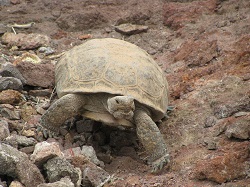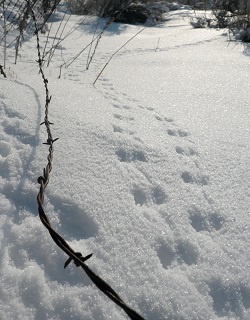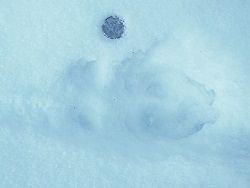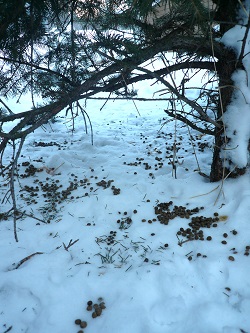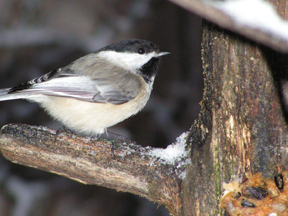Hearts abound this time of year – gracing cards, storefronts, and of course, chocolates. And while the heart symbol bears little resemblance to the organ itself, their abundance of late has caused me to consider my own heart, beating away largely unacknowledged all these years.
In its simplest form, the heart is a pump. Its sole function is to keep the blood in your body on the move, partnering with your lungs to deliver life-giving oxygen to each and every hard-working cell, from the top of your head to the tip of your pinky toe. Most hearts have two distinct features – an atrium where blood collects on its way into the heart and a ventricle which pumps the blood back out.
But even with these shared components, not all hearts are alike. Throughout the animal kingdom, hearts take on a variety of forms. Fish, for example, have a two-chambered heart: one atrium that collects blood and one ventricle that pumps it back out. Blood journeys from the heart to the gills, where it picks up oxygen and then continues on its way, delivering its cargo to the body before making its way back.
Amphibians and reptiles, with the exception of the crocodile, have a three-chambered heart consisting of two atria and one ventricle. One atrium is designated for the oxygen-poor blood that is headed towards the lungs while the other is reserved for oxygen-rich blood coming back from the lungs and headed out into the rest of the body. In the shared ventricle, blood from both atria mix slightly, resulting in a somewhat inefficient system that nonetheless seems to meet the needs of the animals it serves.
Mammals and birds have taken the heart one evolutionary step further with the development of a four chambered heart that fully separates oxygenated and deoxygenated blood. Blood flowing in from the lungs enters the left atria and is pumped out to the body by the left ventricle, while blood returning from the body enters the right atria and is pumped to the lungs via the right ventricle. Because of this total separation, the blood leaving a mammal’s heart contains more oxygen than a reptile’s – a huge metabolic advantage that helps support our warm-blooded fast-paced lifestyle.
Two-, three- and four-chambered hearts are considered closed circulatory systems, meaning the fluid, or blood, is fully enclosed within blood vessels. Insects, on the other hand, have an open circulatory system which means that they don’t have blood vessels at all. Instead their bodies are simply full of fluid that is continually circulated with the help of multiple simple hearts that pass liquid through as they contract and relax.
Lastly, there are some organisms that don’t need hearts at all! These creatures absorb oxygen through their skin and are small or thin enough that oxygen easily diffuses to all parts of the body. Some jellyfish, for example, have a body wall only two cells thick that separates their internal body space from the water around them.
Without our comparatively complex hearts, we probably wouldn’t be able to do what we do as humans and mammals. So take a moment during this Valentine’s season to acknowledge your amazing heart. Throughout the course of your lifetime it will beat upwards of 2 billion times and will pump as much as 100 million gallons of blood through its chambers. A pretty amazing feat for something we only celebrate once a year.
For the Stokes Nature Center and Wild About Utah, this is Andrea Liberatore.
Credits:
Text: Andrea Liberatore, Stokes Nature Center in Logan Canyon.
Additional Reading:
Campbell, N.A. (1996) Biology, Fourth Edition. Benjamin/Cummings Publishing Company, Menlo Park CA
Bailey, Regina (2013) Circulatory System: Types of Circulatory Systems. https://biology.about.com/od/organsystems/a/circulatorysystem.htm
Meyer, J.R. (2005) Insect Physiology: Circulatory System. North Carolina State University. https://www.cals.ncsu.edu/course/ent425/tutorial/circulatory.html

